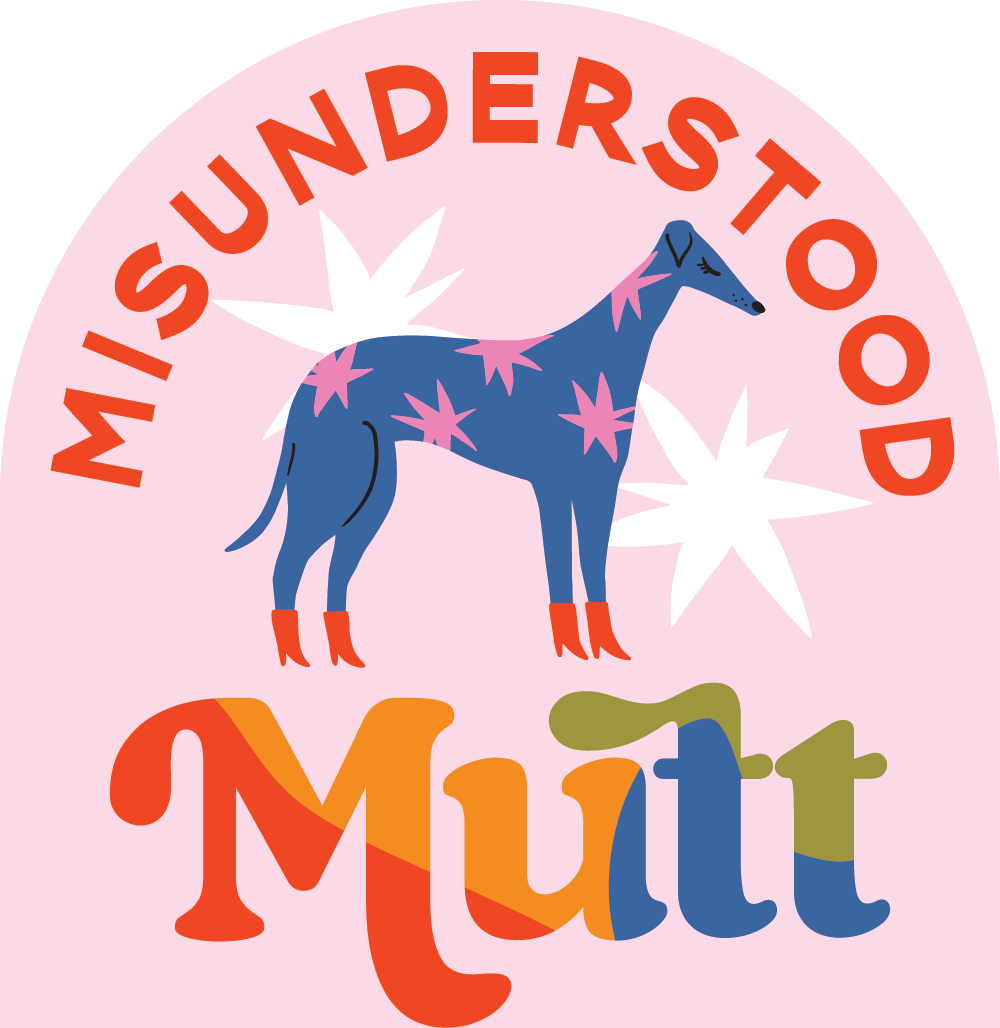Co-Regulation for Your Dog: How it can help improve your life with your anxious, fearful, and reactive dog!
Have you ever heard of the term co-regulation? It’s often used when talking about parent and child relationships for building healthy self-regulation skills. I also think it’s extremely beneficial with dog training, especially with reactive, anxious, and fearful dogs.
I love these 2 passages from Co-Regulation From Birth Through Young Adulthood: A Practice Brief
“self-regulation develops through interaction with caregivers such as parents, teachers, coaches, and
other mentors. Further, self-regulation development is dependent on predictable, responsive, and supportive environments.”
and
“This term (co-regulation) began as a description of adult support for infants, but is now used to describe an interactive process of regulatory support that can occur within the context of caring relationships across the lifespan. Co-regulation will look different at different ages as child capacity for self-regulation grows, but remains a critical resource across development.“
In this article they also talk about 3 broad categories of co-regulation and here’s how I see those related to the force-free training methodology.
1. “Provide a warm, responsive relationship by displaying care and affection; recognizing and responding to cues that signal needs and wants; and providing caring support in times of stress.”
In dog training, this is what I see as the enrichment aspect. Ensuring that your dog’s needs are met, comforting them during times of fear, anxiety, and stress, learning how they communicate through body language, and being a safe space for them to receive love and nurturing care.
2. “Structure the environment to make self-regulation manageable, providing a buffer against environmental stressors.”
Here’s the management part! This is where you use management to create an environment that sets the dog up for success and helps prevent exposure to those triggers. Such as using white noise machines for noise-sensitive dogs, window film and visual barriers, baby gates, and even behavioral medication.
3. “Teach and coach self-regulation skills through modeling, instruction, opportunities for practice, prompts for skill enactment, and reinforcement of each step towards successful use of skills.”
And last but not least, the training! I love using pattern games from Leslie McDevitt’s Control Unleashed Series to help teach dogs skills for self-regulation. You do this by practicing, manufacturing scenarios, and reinforcing these behaviors and skills!
Along with all of that, the caregiver and guardians self-regulation matters too!
“The first thing for caregivers such as parents, teachers, coaches, and other mentors to focus on is their own capacity for self-regulation. To co-regulate successfully, caregivers will need to:
Pay attention to their own feelings and reactions during stressful interactions with a child, youth, or young adult.
Pay attention to their own thoughts and beliefs about the behaviors of others.
Use strategies to self-calm and respond effectively and compassionately. Caregivers greatly
benefit when they take a moment for some deep breaths or self-talk. When a caregiver responds calmly to a child, youth, or young adult, it helps to keep the young person’s feelings from escalating and also models regulation skills.”
I personally find it so fascinating to see the parallels between force-free dog training and gentle parenting methods. It’s really important to note that it’s okay AND extremely beneficial to comfort your dog when they’re having big feelings. It’s also okay to feed your dog when they’re having a reaction. And it’s okay to listen to and allow your dog to express their feelings.
Citation: Rosanbalm, K.D., & Murray, D.W. (2017). Caregiver Co-regulation Across Development: A Practice Brief. OPRE Brief #2017-80. Washington, DC: Office of Planning, Research, and Evaluation, Administration for Children and Families, US. Department of Health and Human Services.
Em Fitzpatrick, VSA-CDT & FFCT

